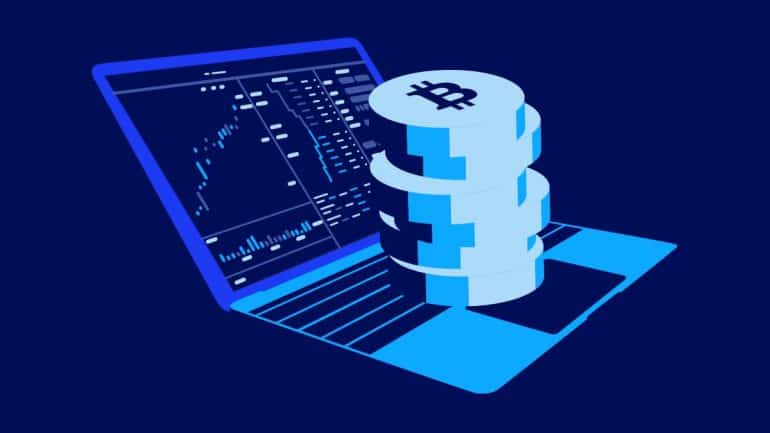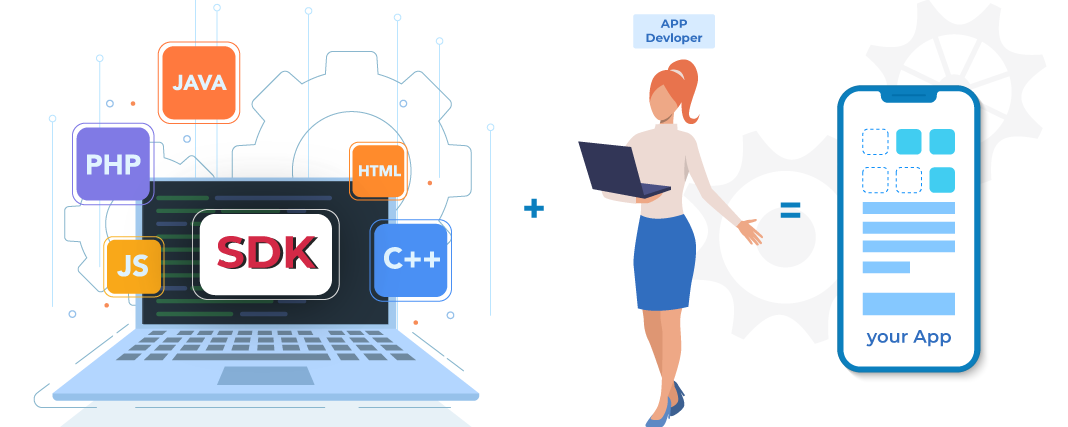
If you look back at the Evolution of Blockchain, you will find that the technology only came into the limelight because of its association with the groundbreaking element that Bitcoin is. Bitcoin and Blockchain were the two terms that were used synonymously by a number of people around the world till even some years back. But in the past few years, as the world got clearer with what the technology is about, the space between Blockchain and Cryptocurrency has extended and several best use cases for Blockchain have emerged sans cryptocurrencies.
And today, the non- cryptocurrencies Blockchain has not just established itself as a technology that Bitcoin is just a subset of, it has also marked itself as the solution of the two problems that all businesses, across industries, unanimously face – Security and Lack of Transparency.
In this article, we are going to look into the top use cases for blockchain in different industries, along with some brands that are transforming the question – what is blockchain technology to what are the use cases for blockchain technology in business and life.
Blockchain Technology Timeline
Blockchain Use Cases by Industry
Brands That Help Define the Use Cases For Blockchain Technology
FAQs About the Real World Blockchain Use Cases 2020-21
Let us briefly look back at how far the use cases for blockchain technology be tracked and the route it has charted for itself in the blockchain evolution timeline graph.
Blockchain Technology Timeline
As you can see in the Blockchain Technology Timeline above, the tangent on which Blockchain is walking is an answer in itself to all the naysayers who doubted its worth and called it a hype that would soon die.
The direction in which Blockchain is headed in and the direction it started from is a sign of how far and fast the benefits of the disruptive technology have been accepted and added in a number of processes across a range of different industries, something that we have detailed in our handbook curated especially for businesspersons, called Entrepreneur’s Guide to Blockchain.
Benefits that come attached with the use cases for Blockchain technology have not gone unseen by the industry leaders. The discussions that were earlier focused on Bitcoin and Cryptocurrency has now been fixated on to the Blockchain technology.
Here’s what the leading tech evangelists are saying about Blockchain –
Blockchain technology, along with its benefitting features is now playing the main character of successful industries’ growth stories – an event that is triggering the demand for Blockchain App Development Agency that would help businesses achieve greatness and profitability with the disruptive technology. There are several blockchain technology real use cases that show how the technology, even in the absence of cryptocurrency, holds the potential to change the world.
Here are the top use cases for Blockchain that have been recognized in a range of different industries –
Blockchain Use Cases Beyond Cryptocurrency
Here are the Best Uses for Blockchain that have been recognized in a range of different industries –
1. Banking

When it comes to the Banking sector, there can be a number of use cases of Blockchain technology in Banking beyond the exchange of digital currencies. Some of those prominent ones which involve blockchain and cryptocurrency to one extent or the other are:
- Fraud Reduction – By bringing all the information on a distributed ledger with a timestamp and batches of specific transactions with a link to another block, the blockchain use cases in banking will make it impossible for the hackers to break into the system without the timestamp of the breach getting highlighted.
- KYC – It is estimated that banks spend somewhere around $60 million up to $500 million per year in their ‘Know Your Customer’ project. These practices are followed to lower the money laundering instances and to keep terrorists out of the banking ecosystem. If the KYC process is brought on Blockchain, the verification time and associated cost will get lowered by manifold.
2. Cybersecurity

When it comes to cloud and the typical computer network usage in business, centralized servers are usually used to store the data. Now, when you save all your business data on a centralized system, you open yourself to risks like corruption, data loss, human error, and hacking.
But when you put your data on a distributed, decentralized system by employing Blockchain-as-a-Service model, the instances of hacks reduces by manifold.
3. Internet of Things

The mesh of connected devices, while connecting all the phases of a user’s life with each other, also brings it to a vulnerable position. When you operate in a connected ecosystem, the moment your one device gets hacked the chances of your connected devices to get attacked also increases by manifold.
Through Blockchain infused IoT adds the capability for you to exchange data on the platform instead of a third party. Also, since the devices are addressable with the benefits of the technology, businesses get access to the usage history of the connected devices, which comes in handy at the time of troubleshooting.
4. Unified Communications

Blockchain enables safer, faster, and a lot more reliable set of automated communications. While automated conversations are already a big part of a number of industries, the communication happening in an automated mode is mostly asynchronous – something that Blockchain can change.
With Blockchain, companies would be able to have more bi-directional and authorized communications.
Also, as the world is now moving towards chatbots, Blockchain would be the business solution for the time when bots interact with each other and the problem of transparency and time stamping comes up.
5. Government

The blockchain is a hot-topic in the government and political backdrop. There are several Blockchain government use cases that improve the government service quality, safeguards the citizen’s property rights, and cuts the red tape, all the while improving the transparency element in the system.
While governments all across the world – from Dubai to China and the US are exploring the Blockchain opportunity to better the nation’s lifestyle, the trend of adoption is mostly restricted to Ethereum.
Here are some of the examples of how the different Governments are employing Ethereum Blockchain to better their nation –
- Dubai is prepared to become a completely integrated Blockchain based city by 2020.
- Estonia matured in a ‘digital republic’ ecosystem by shifting a number of its national system on Ethereum Blockchain.
- Chile makes use of Ethereum to track down the finance and data from the energy grid with the aim to curb exploitation and corruption by making the data available for the citizens to see.
- Canada is testing the platform for providing transparency to how the government use grants for easing the concerns that citizen’s show related to corruption and misappropriation.
6. Charities

The number one reason that usually keeps people away from making a donation is not knowing whether or not the donations that they are making are even being used for the right reasons. When Blockchain solutions are introduced to the system, the technology helps ensure that the money is being used exactly where it was supposed to.
In order to bring in some transparency in the system, a number of Bitcoin-based charities are coming into existence that ensures that allows the donors to view how their money is being used.
7. Healthcare

The onset of multiple blockchain use cases in healthcare is the example of how disruptive an industry could be when clubbed with revolutionary technology. And this is the reason why Blockchain has found a place in the 10 healthcare trends that would be dominant in 2020.
The fact that Blockchain comes with an immutable architecture makes it possible to store the EHR data in a way that is safeguarded from any or all instances of hacks and breaches. Also, several experienced blockchain app developers are using the technology to help with the creation of new medicine or a more personalized treatment regime.
8. Ride-Sharing Economy

Mixed with the ride-sharing architecture, Blockchain has the potential to make the industry pioneers like Uber make a run for their money. When you look at the Uber ecosystem you will find issues like the brand making a cut from driver’s income or it calling the shots on all the terms and conditions that are majorly partial towards the brand’s profits.
By introducing Blockchain in the ride-sharing economy like what Arcade City does, the control comes in the hand of riders and drivers. They get to make all the decisions without looking up to a ruling agency.
9. Supply Chain

By identifying the production processes and components and then storing the information on Blockchain, a business can monitor their supply chain process from the raw material stage to the end delivery stage.
For example, Walmart uses Blockchain to enable its employees to scan the goods in the store’s app and then track them from the harvesting stage to the time it reaches the store floor. On the other hand, Makers use technology to monitor the cargo ships.
10. Encrypted Messaging
![]()
Blockchain takes the end-to-end encryption to a new level by introducing decentralization to the mix. Brands like Crypviser are doing the task of creating of a Blockchain-based communication platform perfectly.
Through a platform of this sort, businesses get to offer their users a place where they can make the to and fro of encrypted messages that have minimal to zero scopes of getting hacked.
A platform like blockchain-based encrypted messaging solutions is especially helpful when incorporated within an Enterprise system.
11. Elimination of Counterfeit Products
The fact that Blockchain technology is immutable, it becomes a lot easier for businesses to find out and trace the chain of asset ownership. By storing the serial number on a Blockchain, all the involved parties are able to verify whether or not the product in question authentic.
De Beers, the world’s biggest diamond producer, has created an immutable digital record using Blockchain which they use to keep the record of registered diamond and lower the conflict diamond transactions.
12. Contracts
The self-executing programs are one of the best offerings of Blockchain to the business world. Smart contracts Blockchain is designed in a way that they check the contract rule, verify, and process the transaction all without the need for an intermediary involvement.
Smart Contracts Blockchain are used in a number of different scenarios and across a number of different industries that deal with the creation of contracts in their processes.
13. Pharmaceuticals

The World Health Organization has estimated that 1 out of 10 medical products that are circulating in the low or medium-income countries are not just sub-standardized but also falsified. To lower the instances of pharma fraud, Verifier – a smartphone app that uses the phone’s camera to conduct a spectral analysis on the drug and loads it on Blockchain for verification of the drug’s medical footprint. It is just one of the blockchain case study, there are a number of other businesses working to make the pharma industry decentralized.
14. Microloans

Through the inclusion of decentralized blockchain ledger getting microloans approved and credited in the accounts have become a real-time, secure practice.
Twigga is an example of how Microloans work with Blockchain technology. The B2B Logistics platform for food stalls in Africa had expanded its services into adding financial services in the suite for their customers, with the help of Blockchain.
While they use AI to find out the credit score on the basis of mobile data, they incorporated Blockchain to manage the complete lending process from the application of loans to getting offers and accepting the conditions of repayment.
15. Advertisement
Delivering timely and relevant ad is every advertiser’s aim. And the answer to how Blockchain will change the world of advertisers lies in using the technology to navigate the tracks of the different service providers and linking them all together – an event that ensures the right people are targeted at the right time.
Also, it saves the advertisers from losing money when the hackers create fake web traffic and make fake bots visit the site in place of real humans by tracking the origin of the visitors and gauging if they are authentic.
16. Affiliate Marketing

The concept of Affiliate Marketing lies in businesses paying a set of the commission to the people who would promote their product on the social media platforms. The concept in itself is based entirely on trust. Trust that the people won’t remove the post after getting a commission or that they won’t use fake ids for promoting a website etc.
Smart contracts Blockchain functionality ensures that the money is transferred to the people only when they have done on ABC task.
Seeing these Blockchain use cases and how perfectly the technology is able to decentralize the various economies, a number of the world’s biggest brands, with the support of the Top Blockchain App Development Companies, have now started exploring the technology with the hopes to turn their business growth story alongside the growth in Blockchain future uses.
In Blockchain Use Cases Beyond Bitcoin, this is the section where we look at the brands that have decided to get involved with Blockchain. As you read further, you will find out that it is not just the B2C brands or ones which are heavily user data centric which uses the technology, but also agencies like NASA and Aerospace are interested in Blockchain technology.
Brands That Help Define the Use Cases For Blockchain Technology
1. Google

The tech giant is known to be the biggest investor and buyer of the startups working in Blockchain technology.
The Alphabet Inc section of Google is building its distributed digital ledger which third parties can make use of posting and verifying transactions. Google plans on offering this service for differentiating its cloud blockchain infrastructures from the competitors.
2. Apple

Apple filed a provisional patent in December which stated that the tech leader would be designing a Blockchain system for creation and verification of timestamps, which would help in fighting the hackers and certifying the digital signatures.
3. Porsche

The leading automobile maker has already introduced Blockchain in its cars. There are a number of benefits that the brand accepted going blockchain brought for it.
Some of them are –
- Secure access to the vehicle
- Fast data transfer and better security
- Autonomous driving
4. Coca-Cola

The beverage leader, along with the US State Department is developing a Blockchain ledger which is designed to remove the state of forced labor from across the globe. Using the technology, they will develop a secure registry for the workers which would help with fighting the forced labor market, globally.
5. IBM
The company recently revealed its chip which they called the world’s smallest computer, that would help brands use Blockchain in verification of authenticity of the products in a supply chain.
IBM also uses Blockchain to deliver distributed ledger services to over 400 different clients around the world including government, banking, logistics, and healthcare.
6. JD.com

Alibaba competitor recently published a white paper where it described its Blockchain ambitions.
The brand shared its plan to build Blockchain protocols for authenticating goods to a better supply chain, protect big data, settle finance, and battle insurance fraud.





/eos-5bfc323e46e0fb002602aed7.jpg)
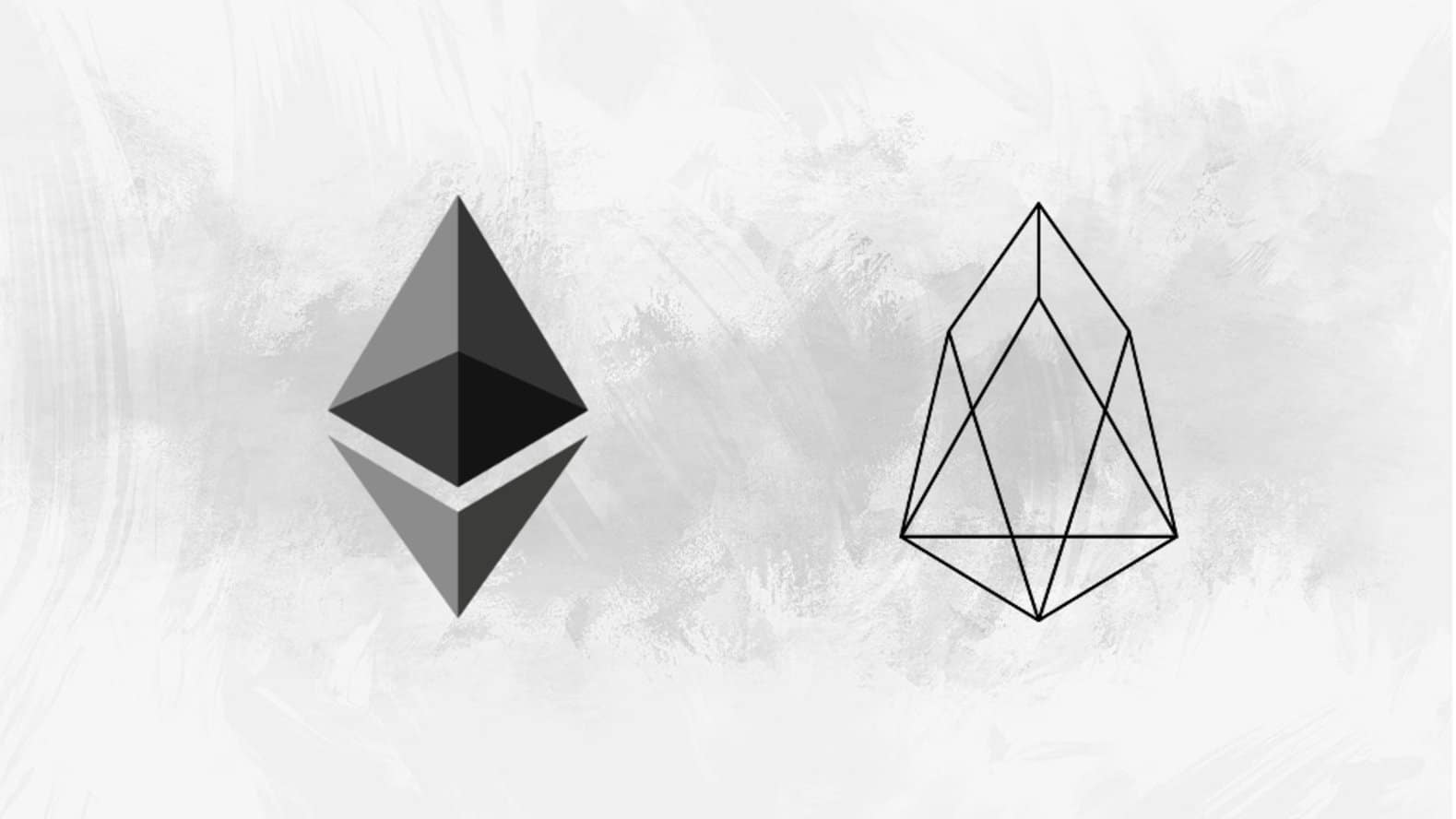








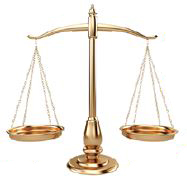
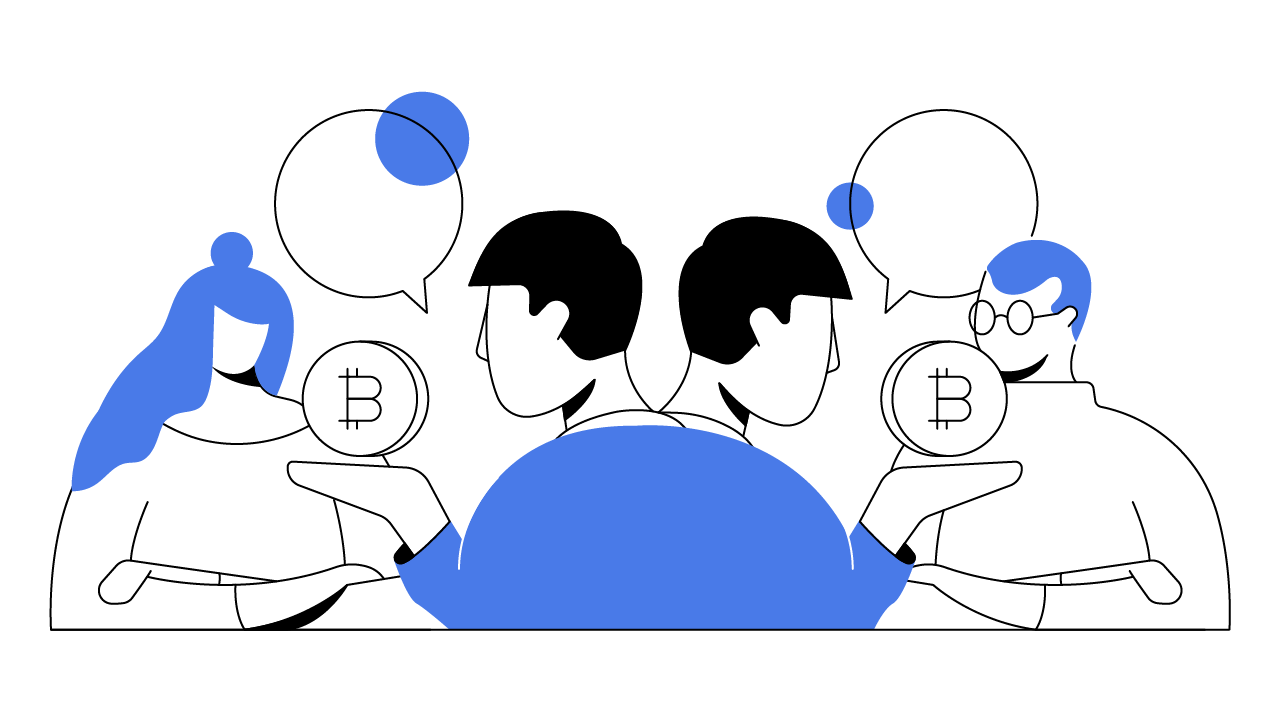










/GettyImages-895702720-5b2e41603e1d4c7786023f4ffa54192f.jpg)



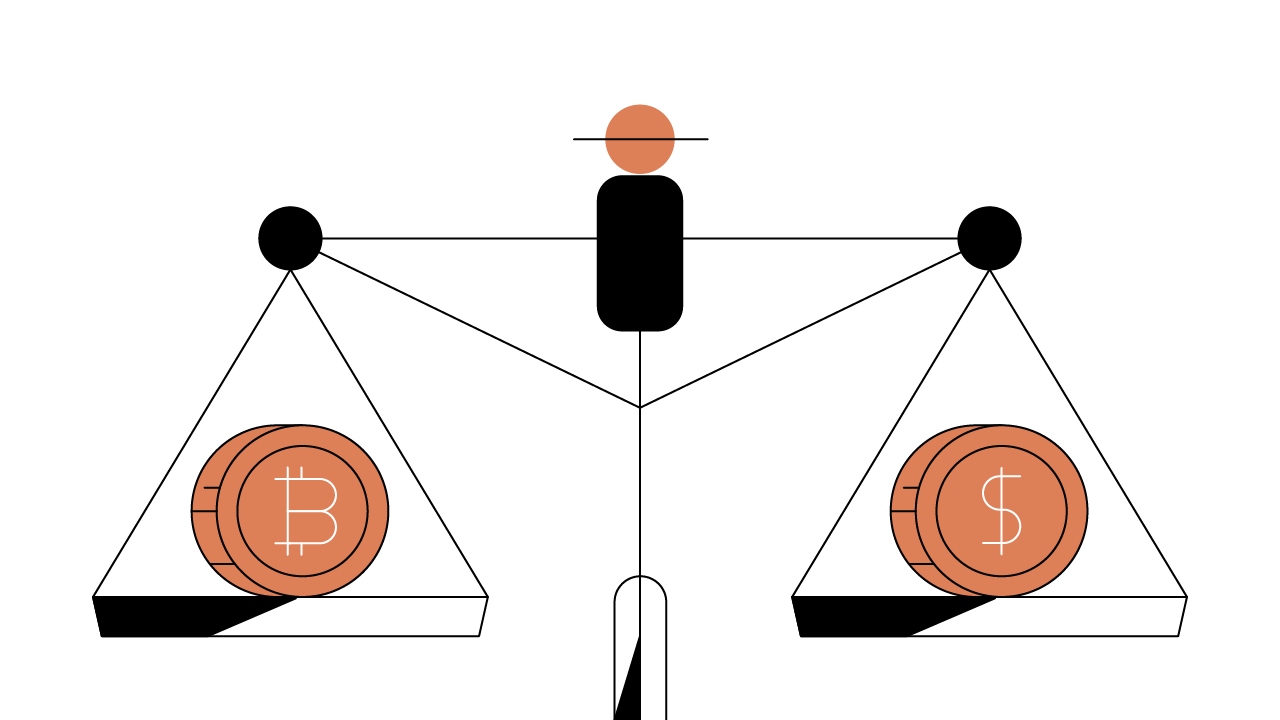
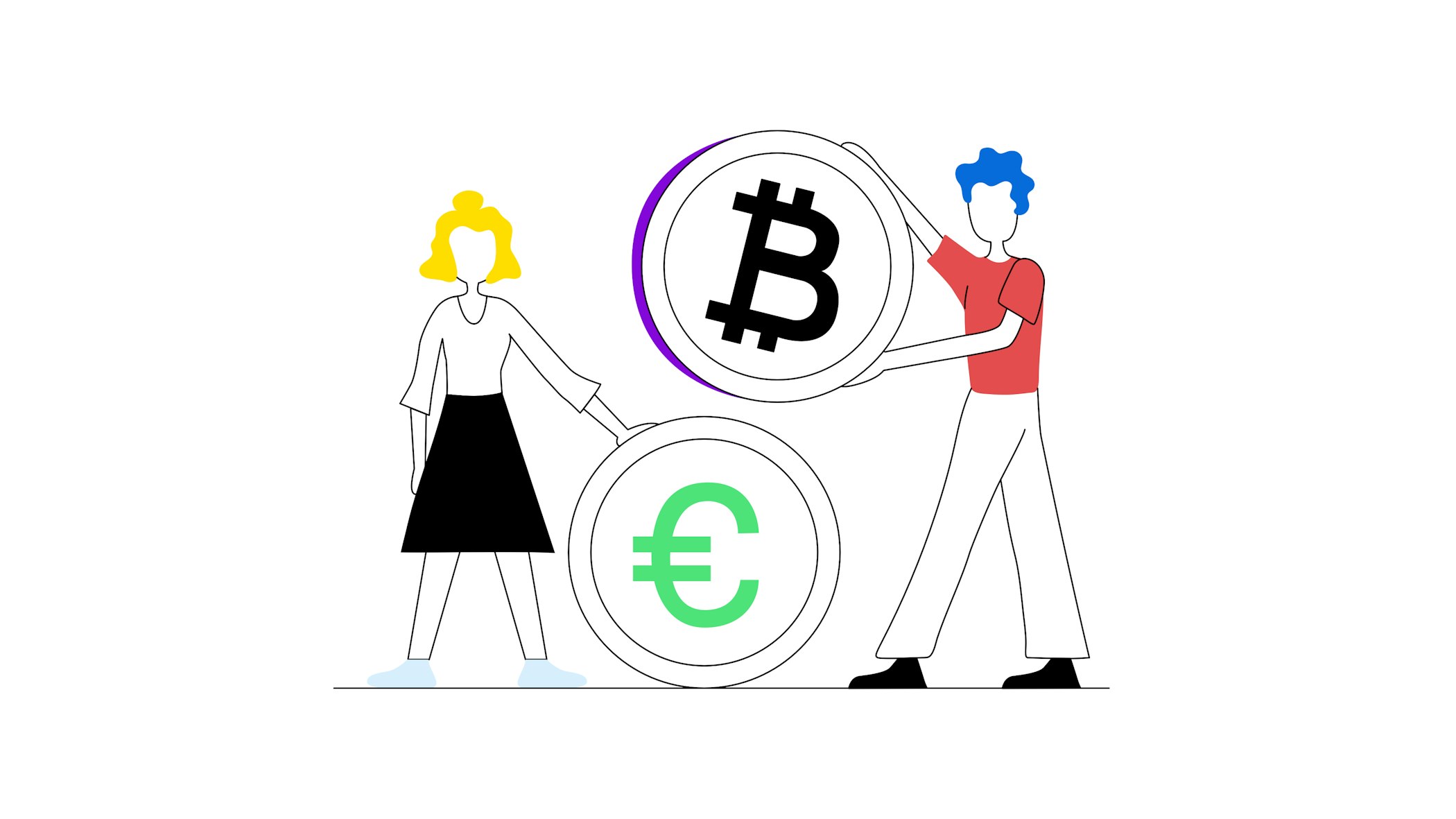

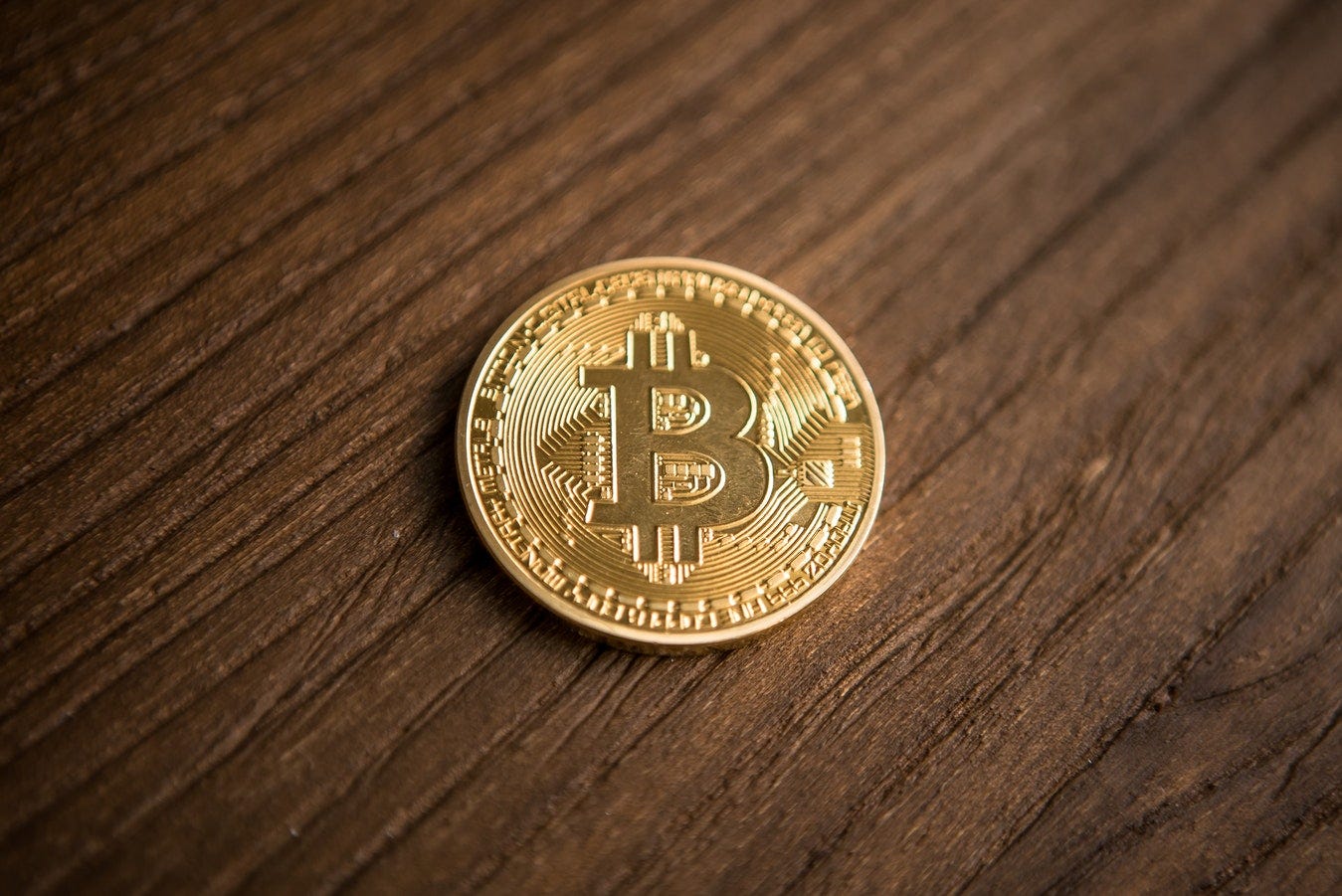
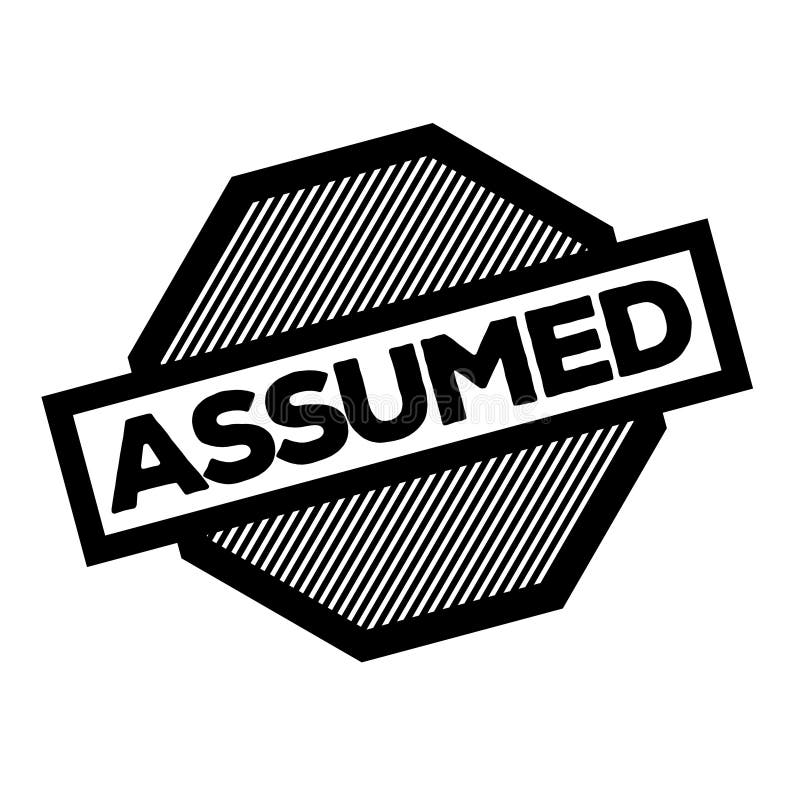











![Ethereum Vs Ethereum 2.0 [Key Differences] » CoinFunda](https://coinfunda.com/wp-content/uploads/2020/04/Ethereum-vs-Ethereum-2.0-pow-vs-pos-ETH.jpg)








